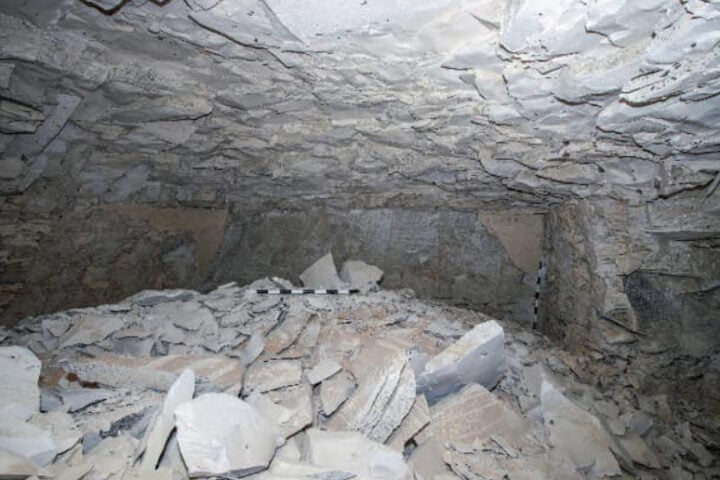Utah, USA – Scientists have found a 500-million-year-old sea worm, giving insights into Earth’s evolutionary history. Scientists discovered an ancient sea worm in the Spence Shale Lagerstätte, which spans northern Utah and southern Idaho, shedding light on the diverse life of the Cambrian period.
A Worm Like No Other
The fossil, named Shaihuludia shurikeni, stands out due to its unique blade-like chaetae. “The first thing we see are these radial blades that look like stars or flowers,” said Rhiannon LaVine, the scientist who discovered the fossil. This unusual appearance initially stumped researchers, leading to speculation about its origins and classification.
Decoding the Mystery
To determine the nature of the fossil, LaVine collaborated with experts at the University of Missouri. Using advanced tools, they verified that the specimen was a living organism and not just a mineral formation. “The way that the fossil is preserved is also of particular interest,” noted geobiologist Julien Kimmig. The majority of the soft tissue was preserved as an iron oxide ‘blob’, suggesting a unique fossilization process.
A Glimpse into the Cambrian Seas
The discovery of Shaihuludia shurikeni is significant for several reasons. Annelids from the Cambrian period are rare, making this find invaluable for understanding the marine ecosystems of that time. “Annelids are very rare in the Cambrian of North America,” emphasized Kimmig. The mid-Cambrian seas teemed with life, from trilobites and mollusks to early forms of arthropods. This new discovery adds another layer to our understanding of this biodiverse era.
Similar Post
Revisiting Past Discoveries
The research also led to the reclassification of another fossil from the Spence Shale. Previously identified as Canadia, it has now been reclassified as Burgessochaeta. “This is the first time it’s been described outside of the Burgess Shale,” LaVine highlighted, pointing to the evolving nature of paleontological research.
A Name with a Sci-Fi Twist
The naming of the worm showcases the intersection of science and pop culture. Drawing inspiration from Frank Herbert’s “Dune” novels and the Japanese word for throwing star, “shuriken”, the name Shaihuludia shurikeni is a nod to both its appearance and LaVine’s personal interests. “It was the first thing that came to mind,” she admitted with a chuckle.
Implications and Future Research
This discovery underscores the importance of continuous exploration and research. The Spence Shale Lagerstätte continues to be a treasure trove, holding secrets of our planet’s evolutionary past. As scientists delve deeper, each find not only adds to our knowledge but also raises new questions.
LaVine reflected on the broader implications of such discoveries, “It’s very cool to think about our planet as a record of history. We’ve had alien worlds beneath our feet.” These words resonate with the essence of paleontological research, reminding us of the mysteries that lie buried, waiting to be discovered.
The Bottom Line
The discovery of Shaihuludia shurikeni is a testament to the ever-evolving nature of scientific research. As we discover more about Earth’s history, we see the rich variety of past life. Every finding helps us better understand our world.


















